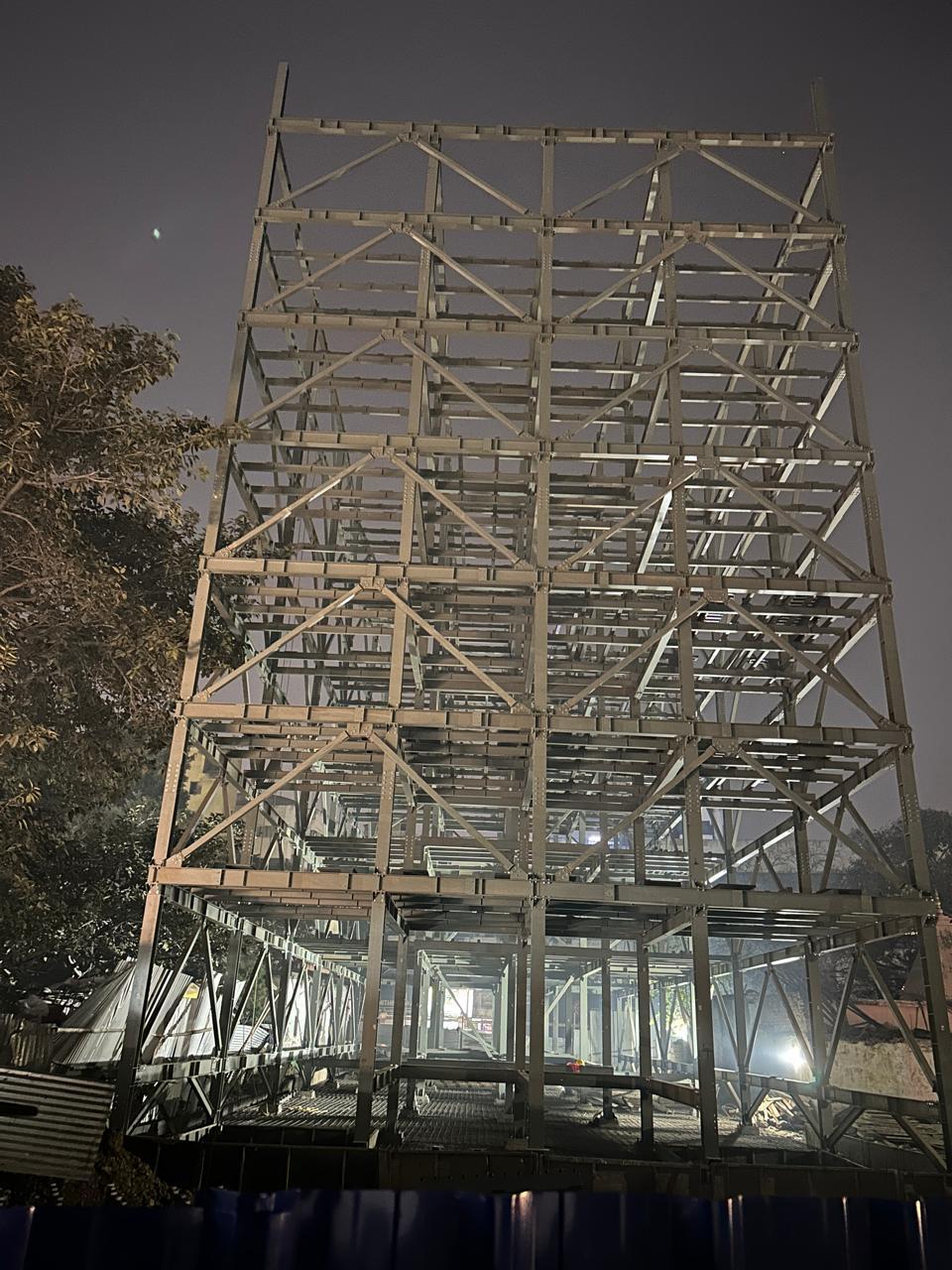Prefabricated Multi-Storey Building Manufacturer
Introduction
A multi-storey building is a structure that consists of multiple floors or levels, providing efficient use of vertical space. These buildings are a key feature of urban landscapes, allowing for high-density living and commercial spaces where land is limited. Commonly found in residential, commercial, and mixed-use developments, multi-storey buildings offer a range of benefits, including maximizing land use, enhancing the urban skyline, and accommodating large populations or businesses in compact spaces.
Key Features of Multi-Storey Buildings
- Space Efficiency: Designed to maximize available land by building upwards.
- Structural Strength: Constructed with strong materials to support the weight of multiple floors.
- Modern Amenities: Equipped with elevators, escalators, and utilities for comfort and convenience.
- Safety Standards: Built to meet fire safety, seismic, and structural stability regulations.
- Mixed-Use: Can combine residential, commercial, and leisure spaces in one building.
Types of Multi-Storey Buildings
- Residential Towers: High-rise buildings primarily used for apartments or condominiums.
- Commercial Buildings: Office buildings designed for businesses, including skyscrapers in city centers.
- Mixed-Use Buildings: Combines residential, office, and retail spaces, often with facilities like gyms and restaurants.
- Hotel and Leisure Buildings: Designed to provide accommodation with amenities for short-term stays.
Advantages of Multi-Storey Buildings
- Land Efficiency: Maximizes land use in urban areas where space is scarce.
- Higher Density: Supports a larger population or number of businesses in a small footprint.
- Better Views and Ventilation: Higher floors offer better views and natural ventilation.
- Enhanced Accessibility: Equipped with lifts and easy access points for all users.
- Sustainability: Can incorporate green building technologies, such as energy-efficient systems and solar panels.
Challenges in Multi-Storey Building Design
- Structural Complexity: Requires advanced engineering to ensure stability, especially in areas prone to earthquakes or extreme weather.
- Cost of Construction: Typically more expensive to build compared to low-rise structures due to the need for high-strength materials and advanced systems.
- Maintenance and Upkeep: Regular maintenance is required for elevators, utilities, and structural integrity, especially in older buildings.
- Space Limitations: Each floor's space is finite, making it harder to design large, open areas in comparison to single-story buildings.




